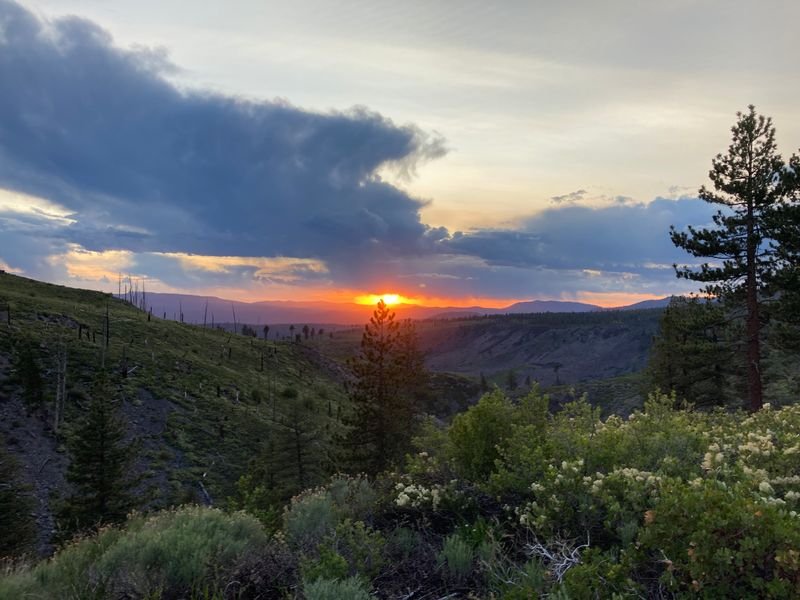Return to Adopt a Survey Landing Page
THANK YOU!
Update: In 2025, we surveyed 12 transects across 4 habitat types, in and near fire perimeters, and added valuable data to our fire effects dataset from locations that, in some cases hadn’t been surveyed in almost 20 years!
Thank you for your generous support! Because of you, we were able to complete the fourth year of our donor-supported Adopt a Survey program. In 2025, we surveyed 12 transects across 4 habitat types, in and near fire perimeters, and added valuable data to our fire effects dataset from locations that, in some cases hadn’t been surveyed in almost 20 years!
Explore the Map
Below is a map of our donor-supported surveys. You can explore these sites and see species lists and photos from our surveys by clicking on the pins to open a pop-up window. Sometimes there are more than one survey associated with a particular pin – if so, in the top right corner of the popup you may see little arrows with “1 of 2” for example, and by clicking on the arrow on the top left you can scroll through the surveys.


